Blog
Long Legs vs Long Legs
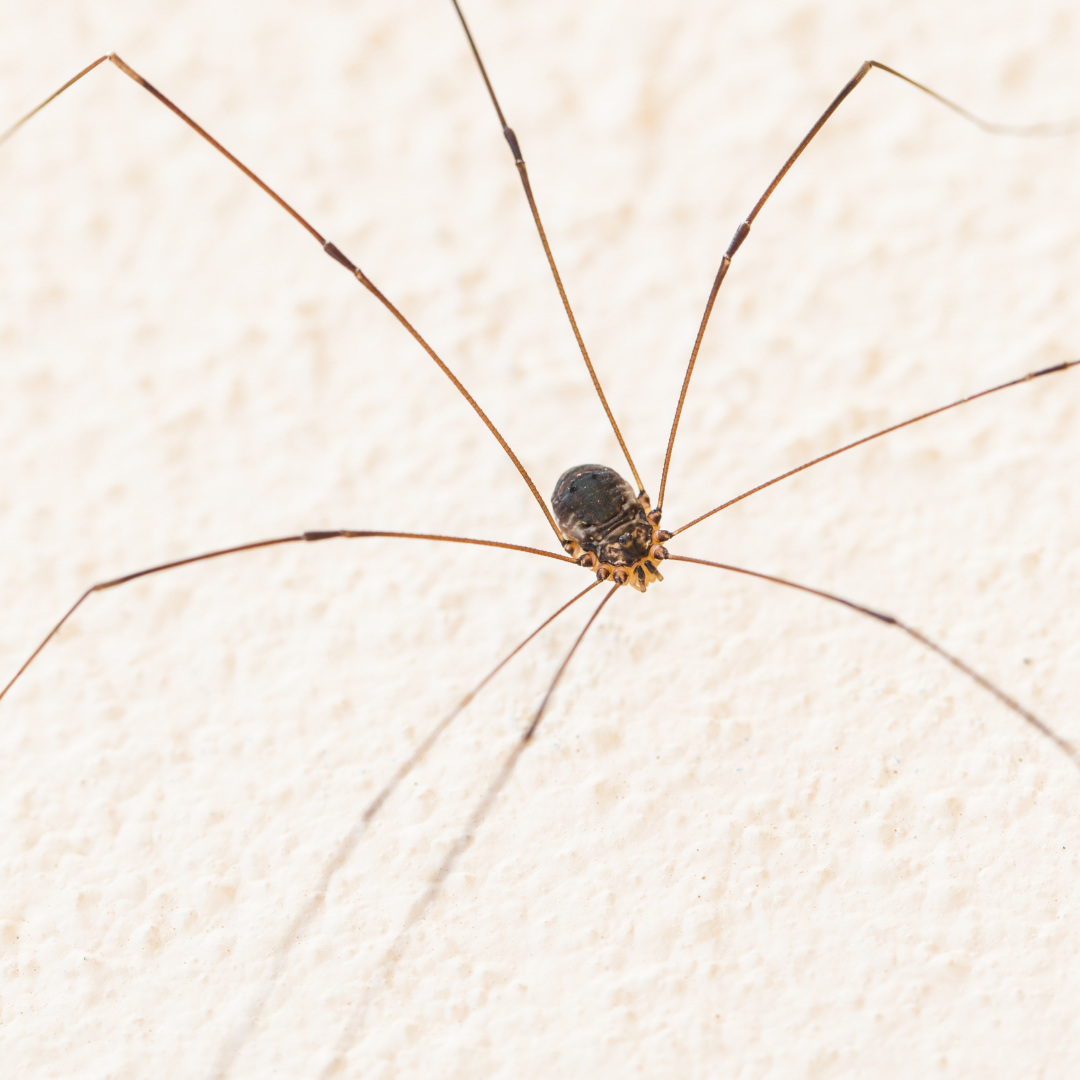
by Cody Howard, Development and Marketing Intern
Growing up, it was common for me to see a daddy long-legs chilling in the corner of the family room. For whatever reason, these creatures never really bothered me—and that’s coming from a lifelong arachnophobe.
Why was this? Was it because it moved slower? Or maybe it was thanks to their tiny bodies?
It wasn’t until much later in life that I found out these “spiders” aren’t weren’t spiders after all, but rather a different type of arachnid known as Opiliones (or harvestmen, more commonly.).
No wonder they weren’t quite so terrifying.
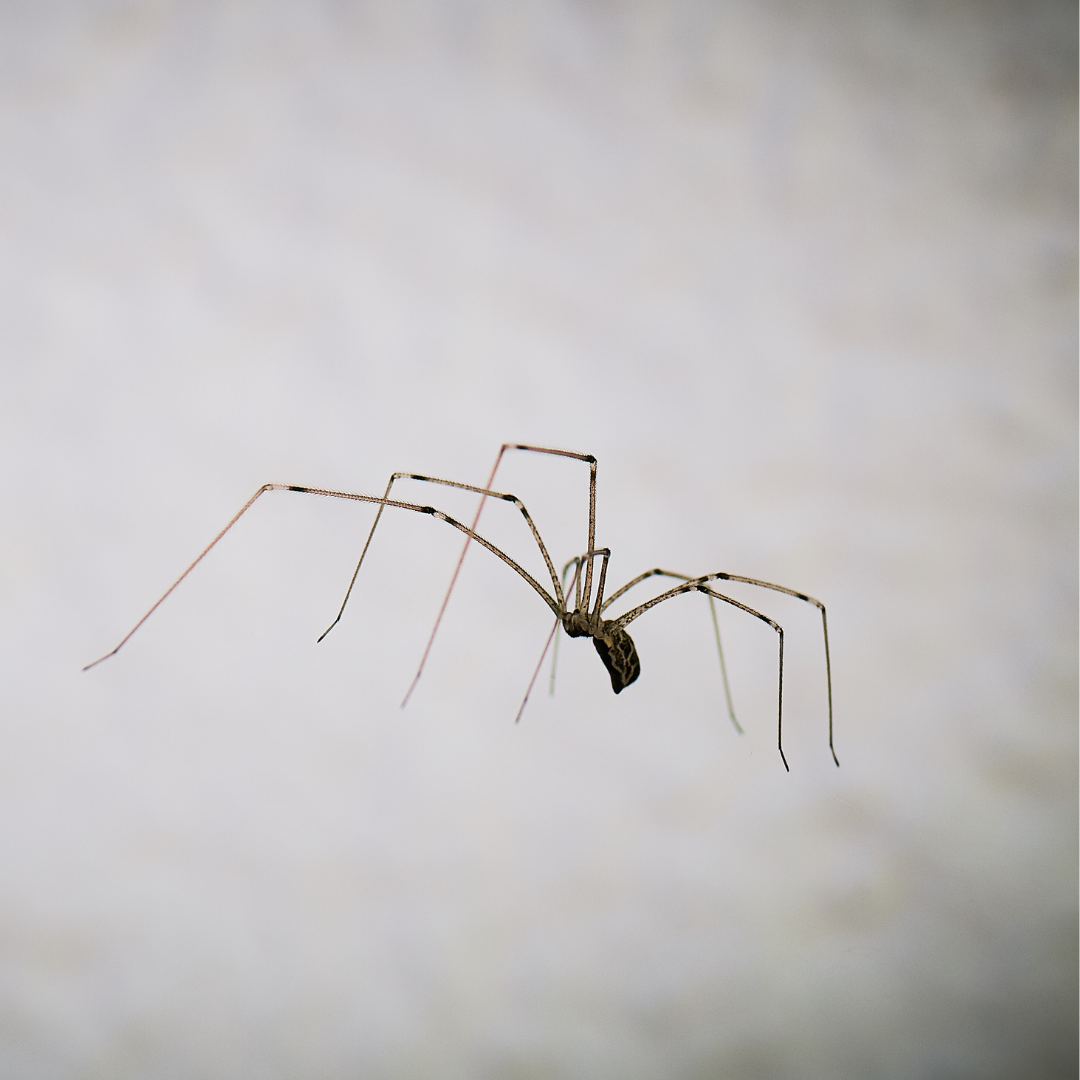
Things got more complicated when I learned about the cellar spider.
Similar to harvestmen, they are identified by their long legs and smaller bodies. It didn’t help that they also are referred to as “daddy long-legs” or “grandaddy long-legs,” just like the harvestmen.
This begs the question: Why are harvestmen not classified as spiders while cellar spiders are?
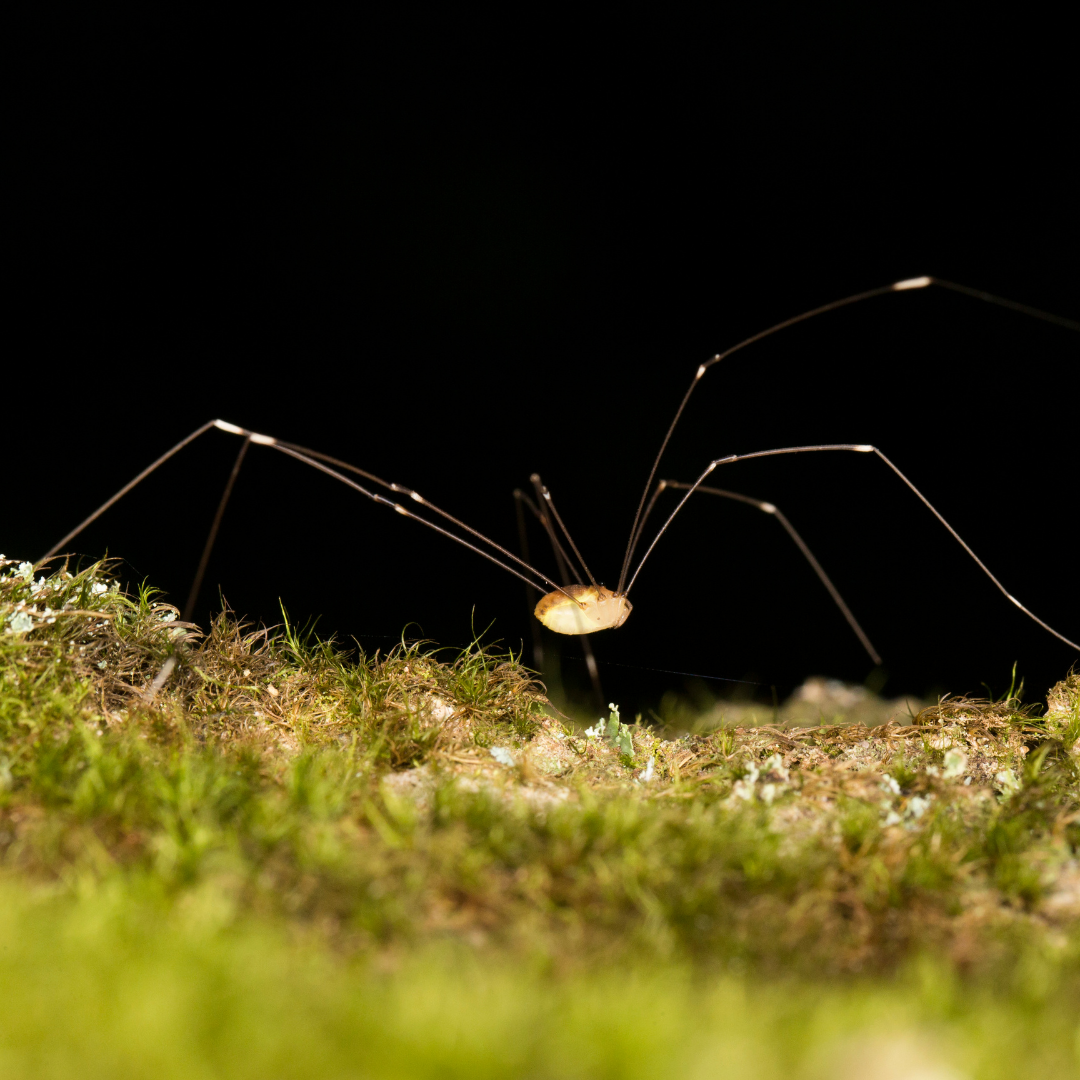
There are a couple of key differences, with the most obvious one being their body shape.
If you look closely, you can see the cellar spider has an identifiable separation between its thorax (chest/head area) and abdomen.
Harvestmen, on the other hand, have round bodies and have no separation of sections.
All spiders have bodies that are divided into two sections. Harvestmen don't, which explains why they fail to fit the bill.
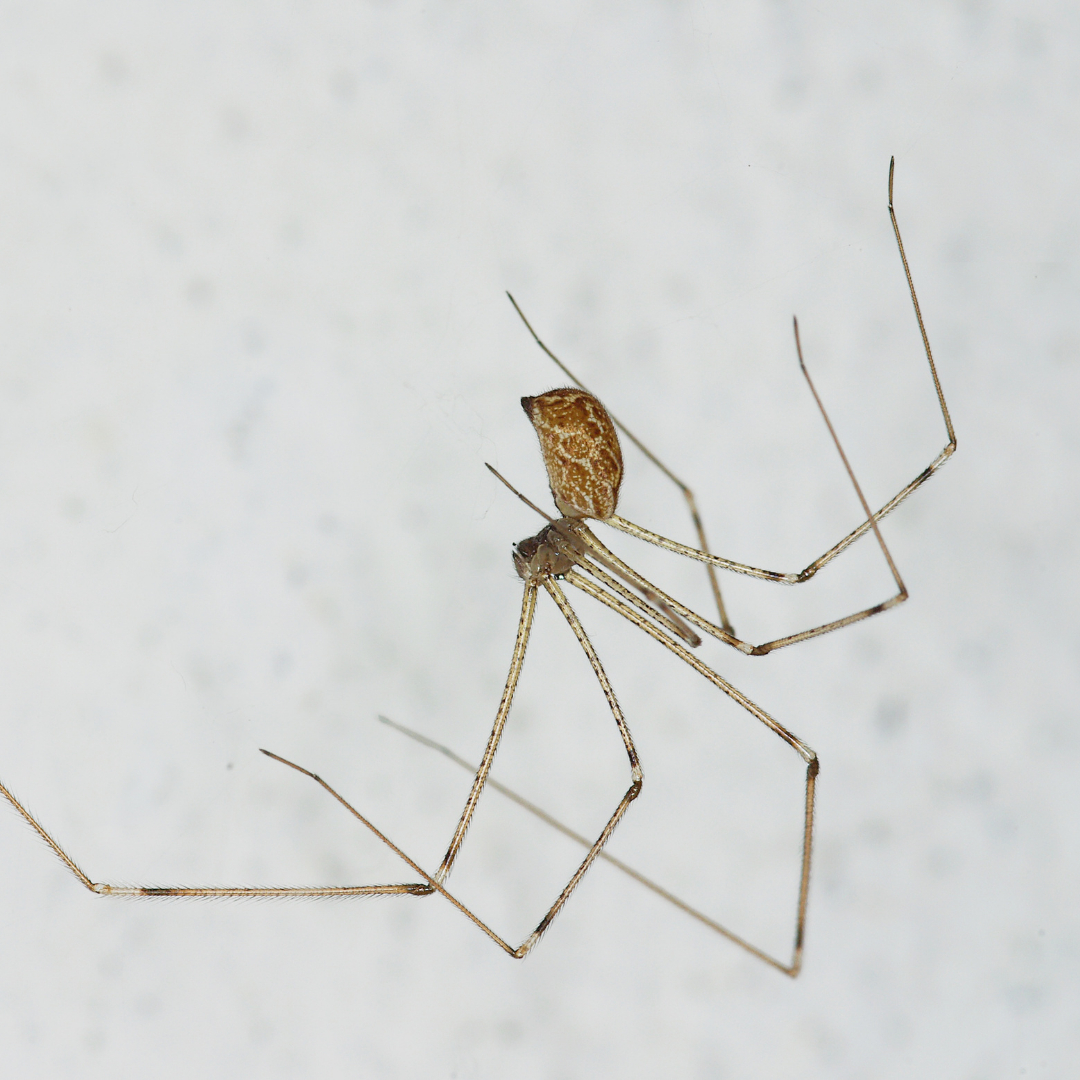
Aside from the obvious physical differences, there are other noticeable factors that will tell you that harvestmen aren't spiders.
Harvestmen are scavengers, not hunters. They search the landscape around them for insect eggs, dead material, and small insects. Harvestmen do not spin webs or hunt prey.
Plus, they’re definitely not venomous. They don't produce venom because, as scavengers they have no need to do so. They also do not have fangs (AKA chelicerae), like most spiders do.
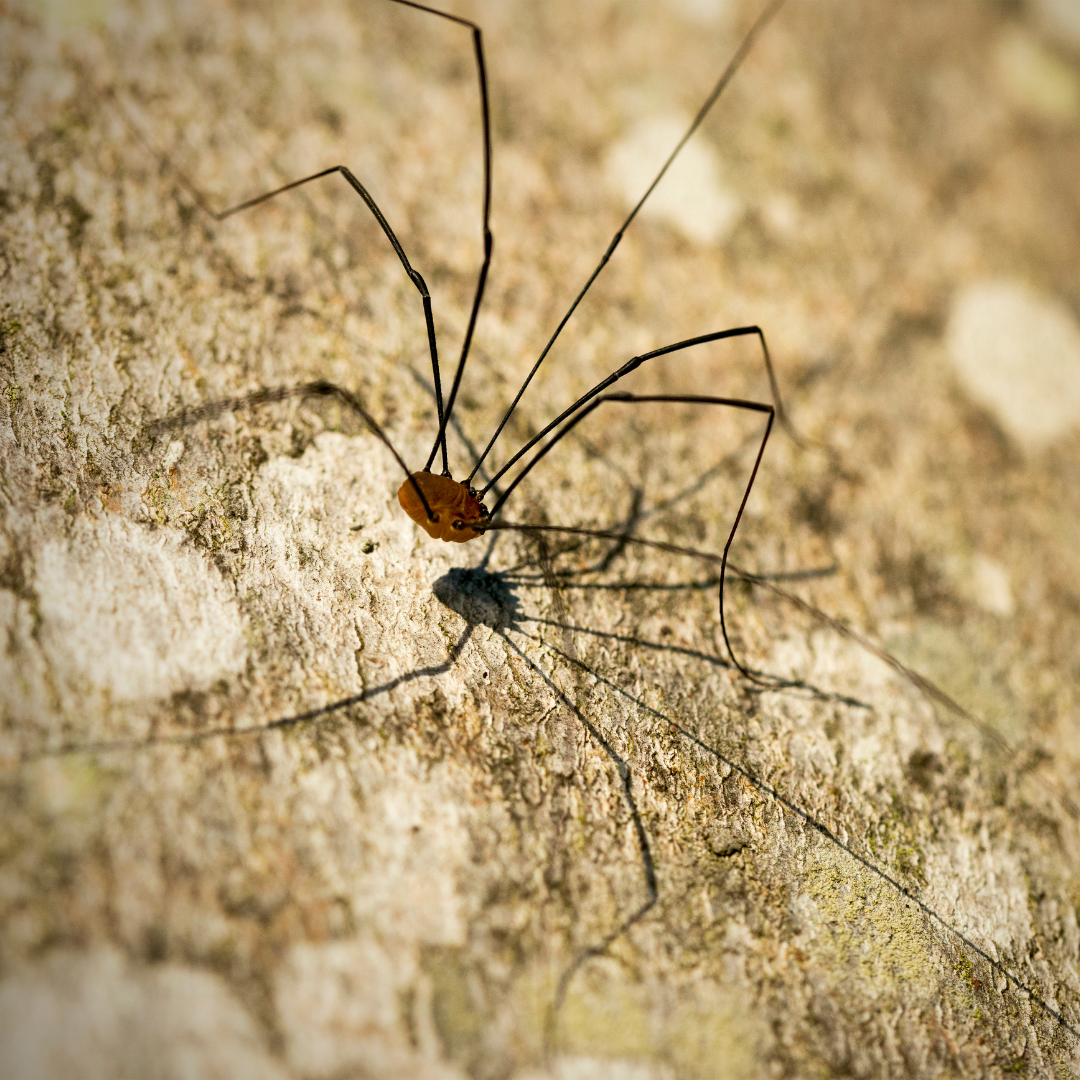
There is also a common misconception that daddy long-legs are actually among the more venomous arachnids, but we're lucky because their teeth are not large enough to penetrate human skin.
The truth is, the harvestman can’t bite you in the first place And they wouldn't want to, either. They much prefer to hide away and avoid any confrontation.
But the other long legs, the cellar spider, is venomous. However, their fangs are too small to impact human skin. Plus, the venom within their glands is not potent enough to harm humans.
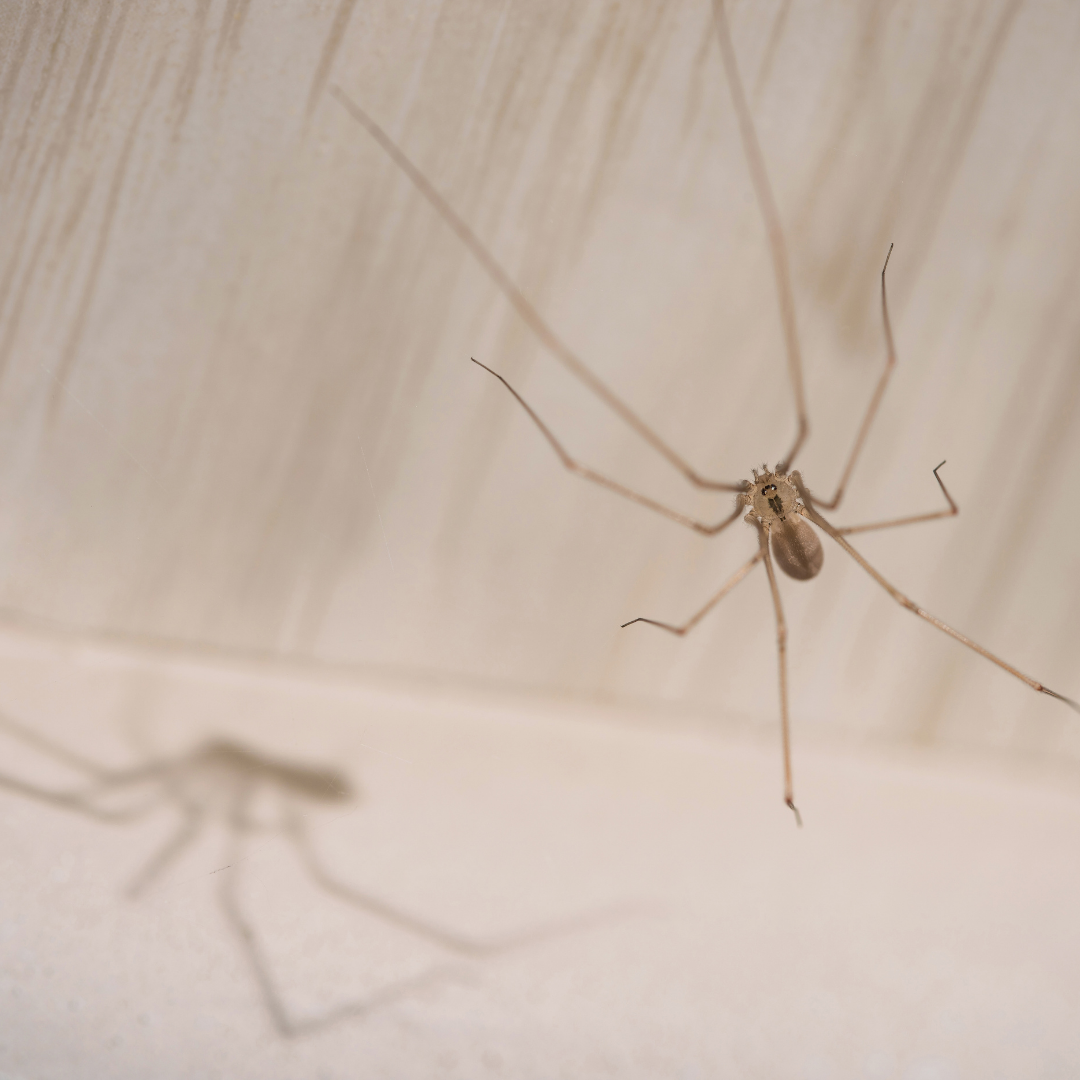
While both types of “long legs” can be found inside homes, it’s more than likely what you are seeing is the cellar spider.
Although it’s not impossible to discover harvestmen inside houses, their role as scavengers means they stick primarily to the outdoors. Cellar spiders prefer darker spaces such as basements.
As true spiders, cellar spiders also produce silk, which they use to build webs that they'll suspend themselves within. If you see a creature with eight very long legs hanging in a web, it's probably a cellar spider—not a harvestman/daddy long legs. The presence of a web is always a quick way to determine you're looking a spider.
I hope this helps to clear your confusion as much as it did mine. To me, this was almost like watching a thriller with multiple twists ... These daddy long-legs aren’t actually spiders, but those are. And, wait! There here are multiple types of daddy long-leggers ...
Then again, it's not like I’d recommend watching a movie involving anything with eight legs in the first place!